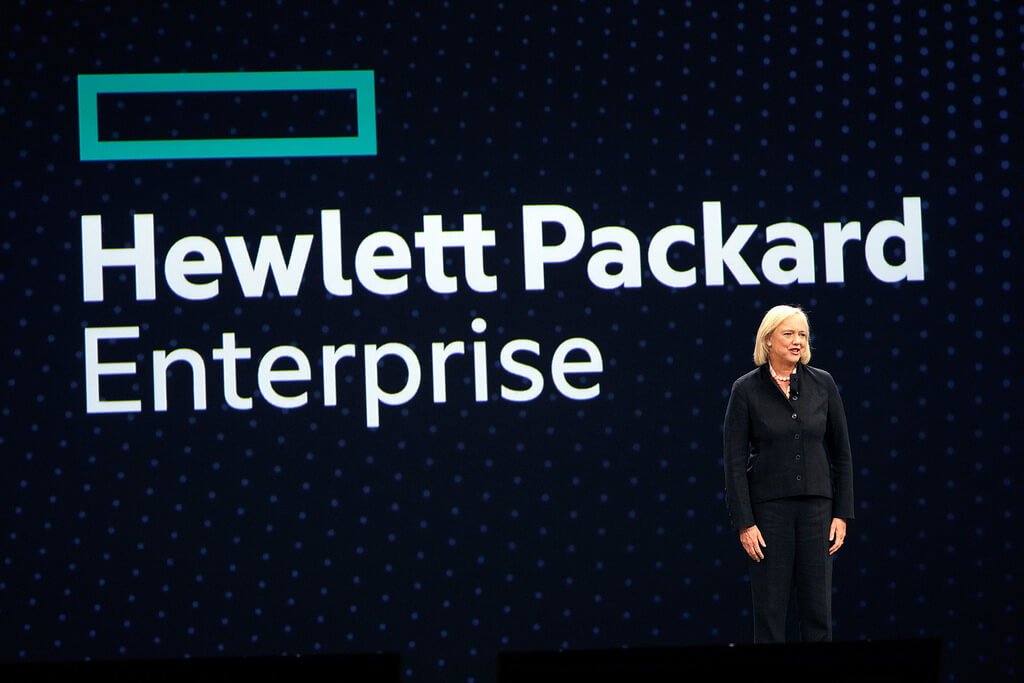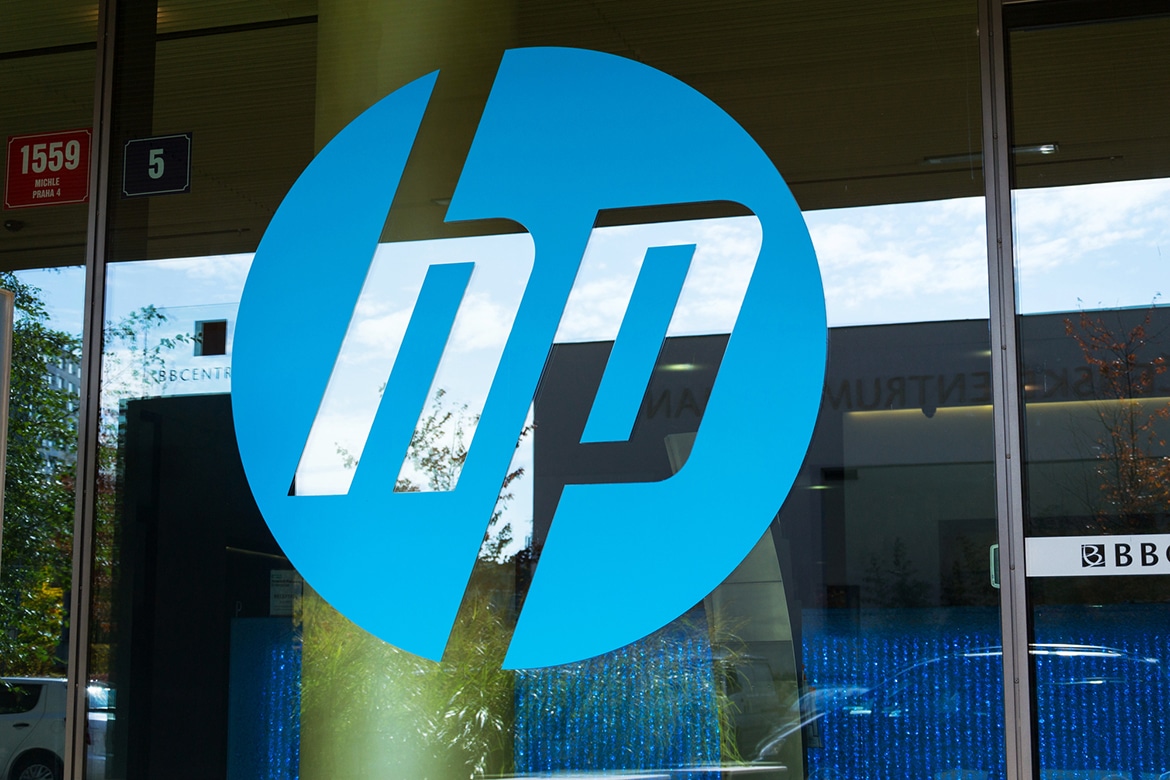
Please check out latest news, expert comments and industry insights from Coinspeaker's contributors.
HPE’s industry-first Mission Critical Distributed Ledger Technology helps customers deploy blockchain solutions quickly.

Hewlett Packard Enterprise announced the launch of the first product of the Critic Blockchain family for HPE Mission. Mission Critical Distributed Technology (DLT) is a solution that allows customers to run distributed ledger workloads on high-performance enterprise platforms.
Mission Critical DLT is a distributed ledger technology that is used to record transactions through a decentralized network of computers. According to Gartner, blockchain will generate $ 176 billion in business value by 2025. It is expected that HPE Mission Critical DLT will be on sale in early 2018. Customers will also be able to purchase access to this solution in the “DLT as a Service” environment for serious testing and use later this year.
Companies that evaluate blockchain solutions find that generic infrastructure and public cloud environments cannot support requirements in terms of performance, security, scalability and resiliency. The HPE Critical DLT solution provides availability and protection against enterprise-class application failures. This solution includes scalability and integration with SQL, which cannot be implemented using workloads in a public cloud or generic infrastructure.
The Mission Critical DLT is part of the overall HPE approach, designed to provide enterprise-grade capabilities to blockchain workloads. The solution is offered on HPE Integrity NonStop platforms, which process two out of every three credit card transactions in the world. It was developed in partnership with the corporate software firm R3, which integrates the company’s distributed ledger technology with the critical HPE platform.
It is worth noting that launched in September 2015, enterprise software firm R3 had been working for two years in close collaboration with over 100 banks, financial institutions, regulators, trade associations, professional services firms and technology companies to develop Corda distributed ledger platform designed specifically for financial services. In R3 officially announced its launching of platform’s new version Corda 1.0 signalling a major milestone for the development and implementation of platform’s applications, known as CorDapps. Corda v1.0 follows the open source release of the platform in late 2016.
This combination allows customers to perform distributed register workloads in environments that require 100 percent failover at critical levels and provide scalable scalability for the business, as well as SQL integration with legacy systems.
Raphael Davison, Worldwide Director for Blockchain HPE, said:
“Enterprises interested in blockchain are realizing that public cloud alone does not always meet their non-functional requirements. As they look to scale, they recognize that, for mission-critical processes, on-premise infrastructure must be part of the mix of traditional IT, private and public cloud that’s needed to meet the requirements of enterprise-grade blockchain workloads.”
It is necessary to add that in December 2015 Hewlett Packard Enterprise presented the new IoT gateway devices for gathering and analyzing data at the edge of the network. Designed in partnership with Intel, the devices will allow companies to create IoT networks to gather, process and analyze data at the edge of the network. The devices will also enable enterprises to define useful data to avoid overload of the network. The IoT Systems EL10 and EL20 are currently available.
it is important to say that nearly a year and a half ago, IBM launched a select beta program for its own cloud-based blockchain service and aimed it at highly regulated businesses—such as government, financial services and health care—where there is a need to test and run blockchain applications in private. IBM said blockchain networks are built on the notion of decentralized control, but some cloud environments leave back doors open, potentially providing room for unauthorized access. IBM’s new secure blockchain service addresses this concern.

Please check out latest news, expert comments and industry insights from Coinspeaker's contributors.




